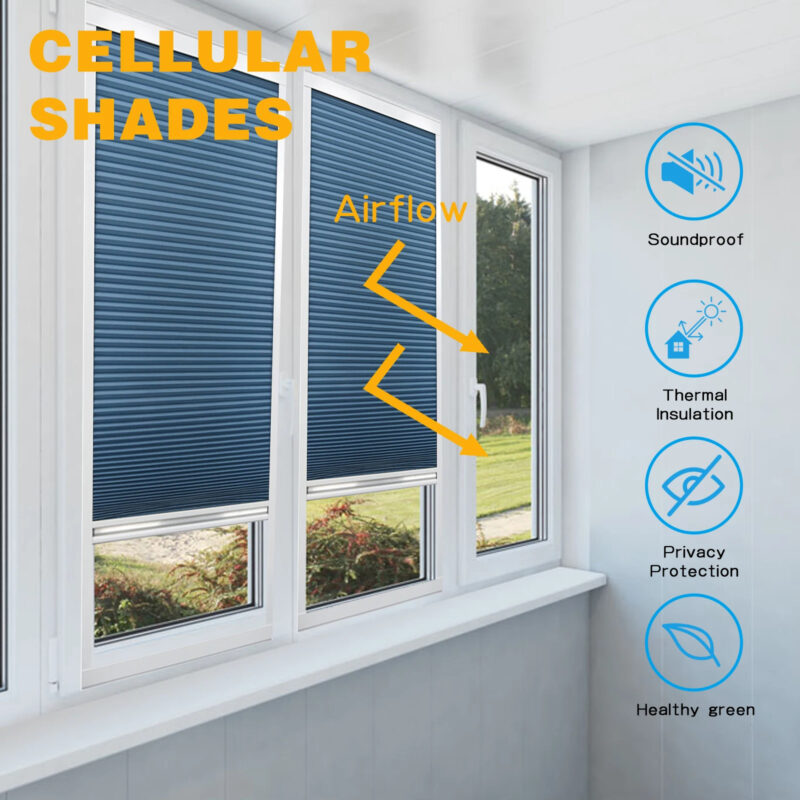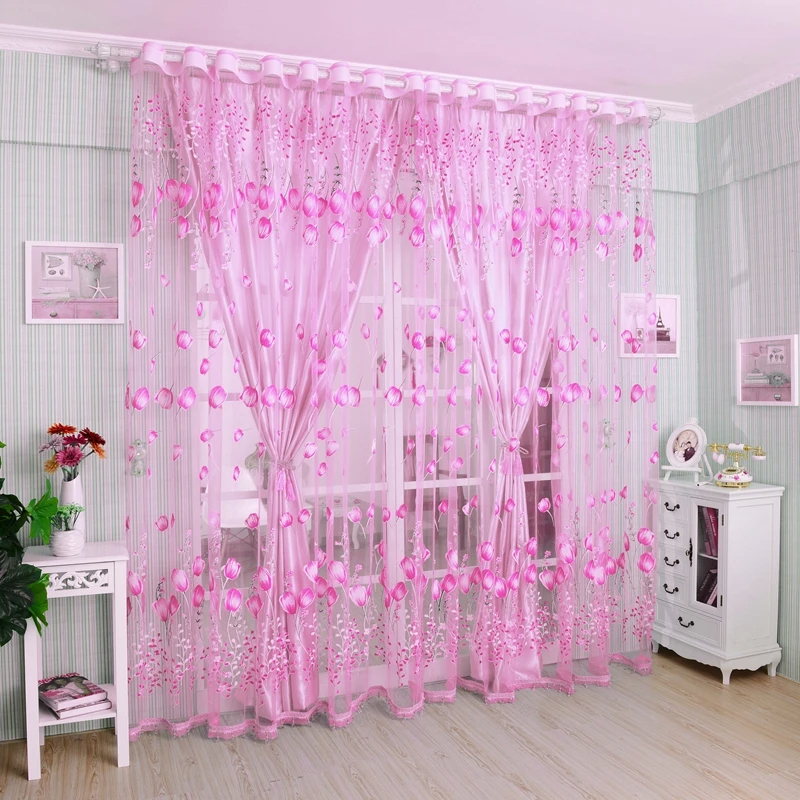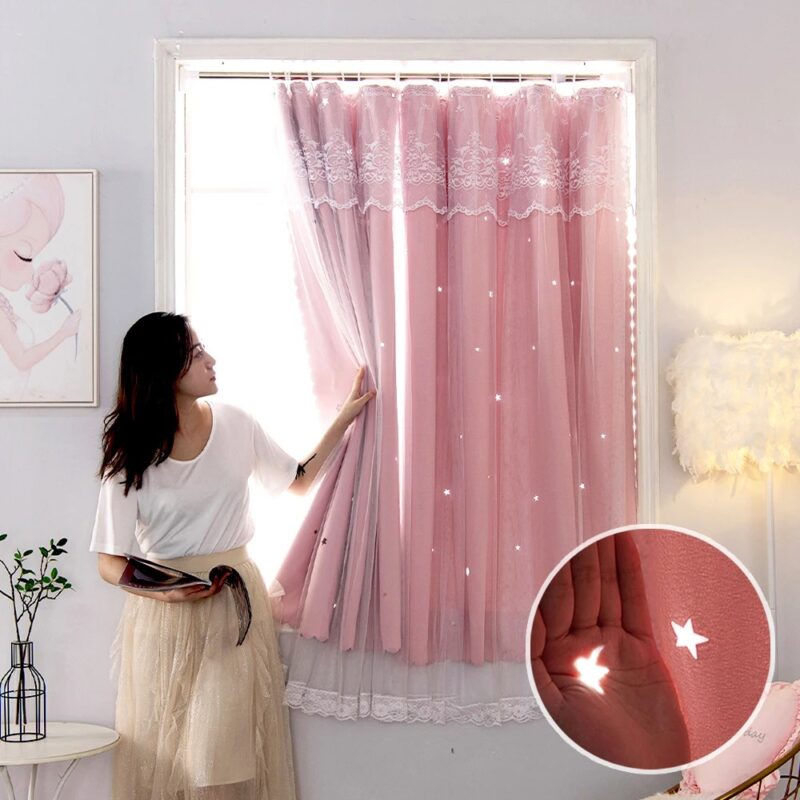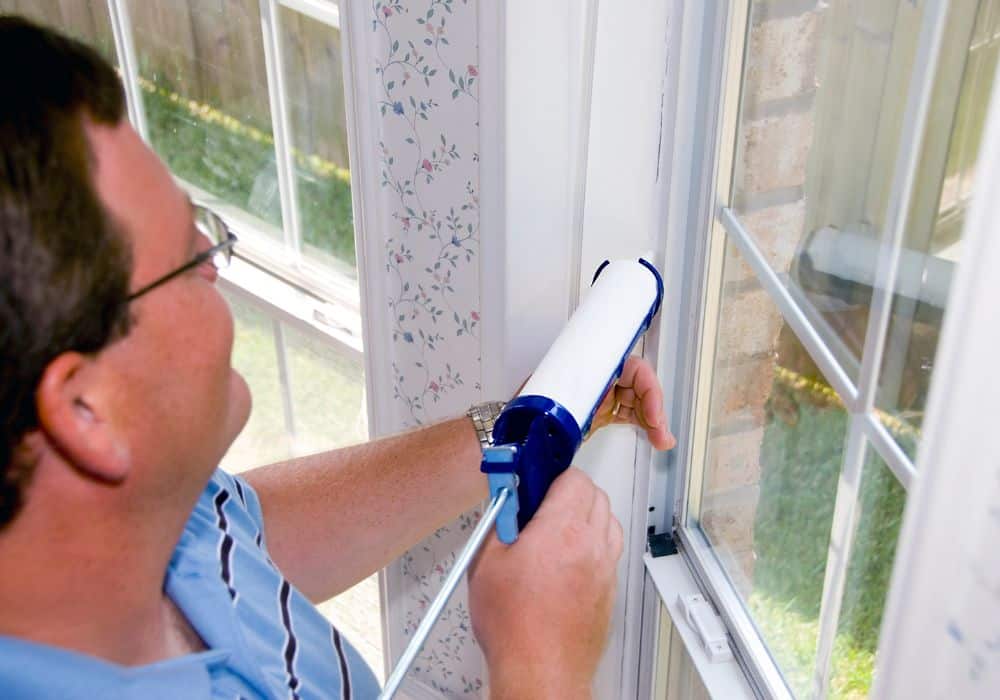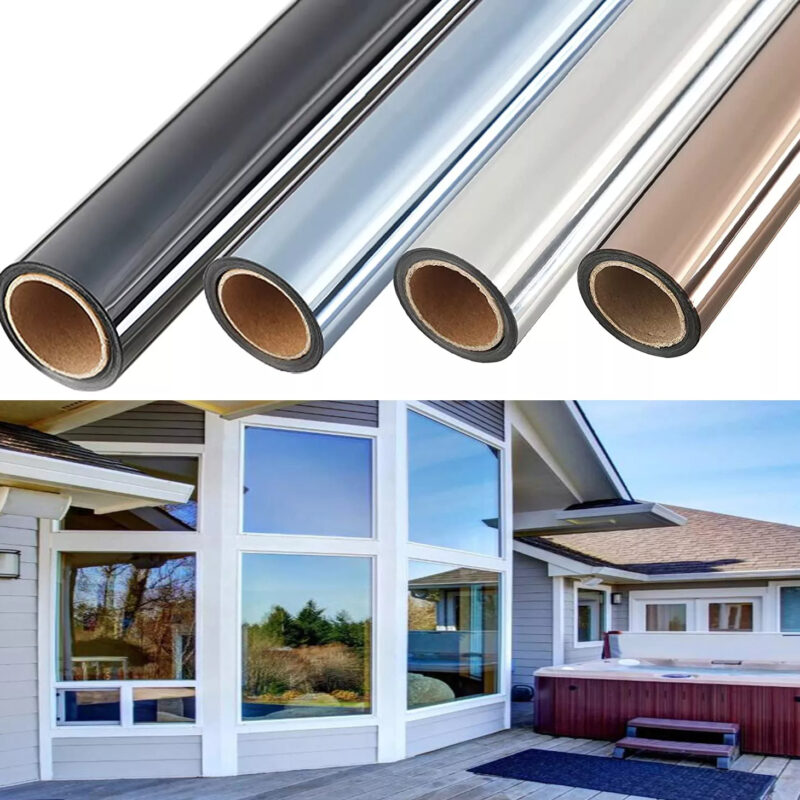Window Glazing Putty Vs. Caulk: Which Is Better?
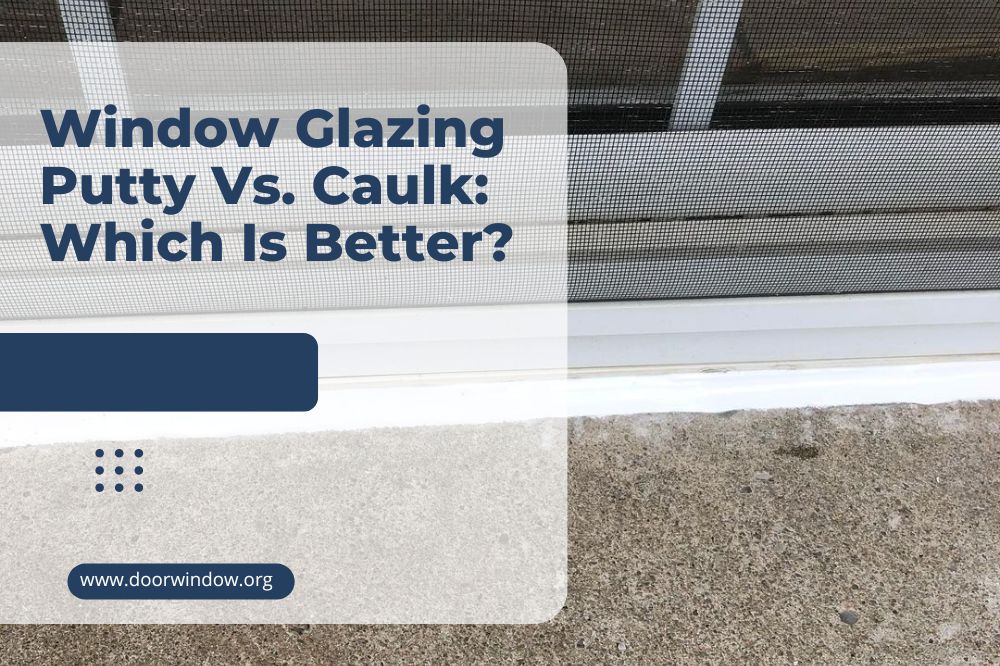
The window frames of your home play a crucial role in providing it with protection from extreme weather conditions, as well as ensuring its energy efficiency. When it comes to sealing the window frames and preventing air leaks, there are two commonly used materials: window glazing putty and caulk. While both these materials serve similar purposes, they have different properties and should be used for specific purposes.
In this blog post we will look at window glazing putty vs caulk – what their differences are and when each product should be used. Let’s take a closer look!
What is Window Glazing Putty?
The first thing we will want to look at is what window glazing putty is in the first place. If you are relatively new to the world of home improvement, this may be an unfamiliar term for you. Or, this product might also be new to you if you have never done home improvement in an old home.
Window glazing putty is a type of sealant compound used to fill in the cracks and other gaps around window frames and glass windows. It is usually made up of linseed oil, ground chalk, and various drying compounds which give it its chalk-like appearance. This product comes in a sort of paste form, which can be applied with a putty knife or your fingers.
While this product used to be the bee’s knees in home improvement, now it is generally reserved for old windows in historic home restoration.
What is Caulk?
Caulk, on the other hand, is also an adhesive material that seals window frames, if need be. It also is used in various ways in many other places of the home, such as on plumbing fixtures, door frames, trim, and more.
While there is just one basic kind of window glazing putty, caulks come in several varieties. They are available as either water-resistant or oil-based, depending on the area you will be using it for. These include but are not limited to:
Acrylic Latex Caulk
This is a great option for window frames, as it is an all-purpose caulk that forms a flexible yet durable seal that can withstand extreme weather conditions. It is also mildew resistant.
Silicone Caulk
This caulk forms a strong waterproof barrier, and it is great for many places in home improvement. However, it is not the best for sealing window frames and window glass because it does not stick well to wood or a surface that is painted (or will be painted).
Butyl Rubber Caulk
This type of caulk is excellent at creating a watertight seal – especially for outdoor areas that are exposed to a lot of extreme weather, such as on gutters, roofing, siding, and flashing. It is UV resistant and can be used on casement windows or any other kind of window frames.
Refractory Caulk
This type of caulk is not generally used for window frames, as it is specific for fixing mortar cracks in cement or concrete. For example, because of its resistance to high temperature, it is often used on fireplaces.
Comparing Window Glazing Putty Vs Caulk: Similarities and Differences
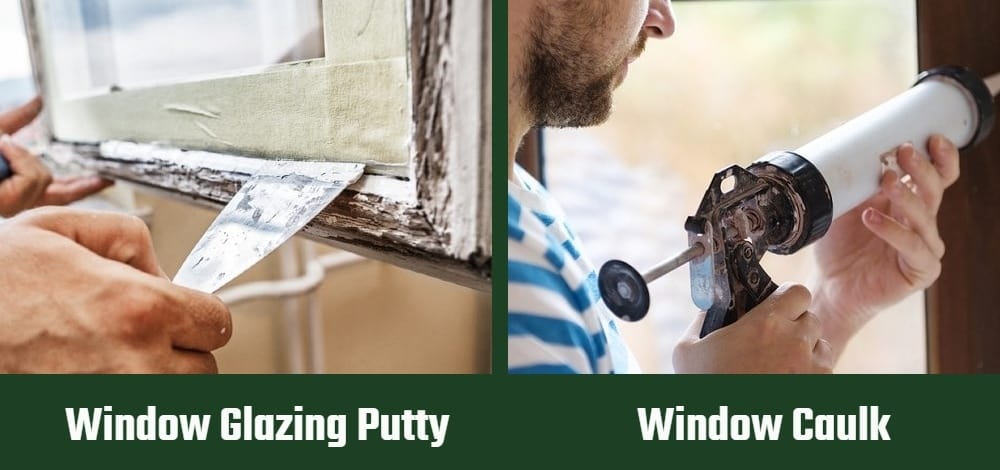
When comparing window glazing putty vs caulk there are several factors that should be taken into consideration. Let’s look at a few of them here.
Indoor or Outdoor
Firstly, the place you will be using the material should be considered. If you are trying to fix the inside of a window, you could use window glazing putty, as that is considered a dry environment. This means it won’t be exposed to the elements.
Again, however, it’s important to remember that window putty is generally used on old windows in home restoration projects. If your project is in a newer home, you should most likely use caulk instead.
If you are needing a material to seal a crack on an outer surface, then you would be much better off using caulk. This is because it has water-resistant properties, which makes it an excellent choice, not only for the outside of windows but also for sealing outside pipes and fixtures, as well as preventing water from penetrating and causing leakage.
Installation
Another important factor to consider is ease of installation. Window glazing putty may take some experience and practice to use correctly, but overall it should be relatively easy to apply. On the other hand, caulk requires a caulking gun for application, which leaves a bead of caulk along the crack, which can sometimes be difficult for novice DIYers.

Temperature Tolerance
When it comes to window glazing putty vs caulk in terms of durability, caulk wins hands down. It’s highly resilient to extreme temperatures and displays elasticity when the materials that is creates a seal around expands and contracts in the temperature changes. Caulk can also last several years with proper maintenance.
Glazing putty, on the other hand, will require regular repairs or replacement due to its lower temperature tolerance levels.
Drying Time
Window glazing putty takes a long time to dry. Depending on the humidity and temperature, window glazing putty can take five days to fifteen days to fully dry, while caulk may take 24 hours up to around ten days before it is completely cured, depending on the type of caulk used.
FAQs
How Do I Know Which One to Use for My Home Project?
You might use window glazing putty when you want to fill in cracks and gaps around window frames and glass windows in a historic home.
Caulk can be used for just about anywhere. There are different caulk types for just about any project you need it for.
Whenever you are in doubt over what to use, check with your local hardware store employee, as it is their job to help you pick the right material for your project.
Are These Products Interchangeable?
No, window glazing putty and caulk cannot be used interchangeably. Window glazing putty is usually used to restore old windows that originally used glazing putty and that is all it can be used for. Caulk comes in many types and it can be used in all areas of the home, not just windows.
Conclusion
When it comes to window glazing putty vs caulk, both can be used for energy efficiency purposes, as well as for providing a seal from air leaks and dirt. However, as we’ve discussed, window glazing putty is more suitable for restoring old windows, while the caulk is better for preventing leakage in any type of window frame due to its water-resistant properties.
Therefore, it’s important to consider your specific project needs before deciding which one to use. As always, check with your local hardware store to get the best custom advice.
Which product will you use? Let us know in the comments!


